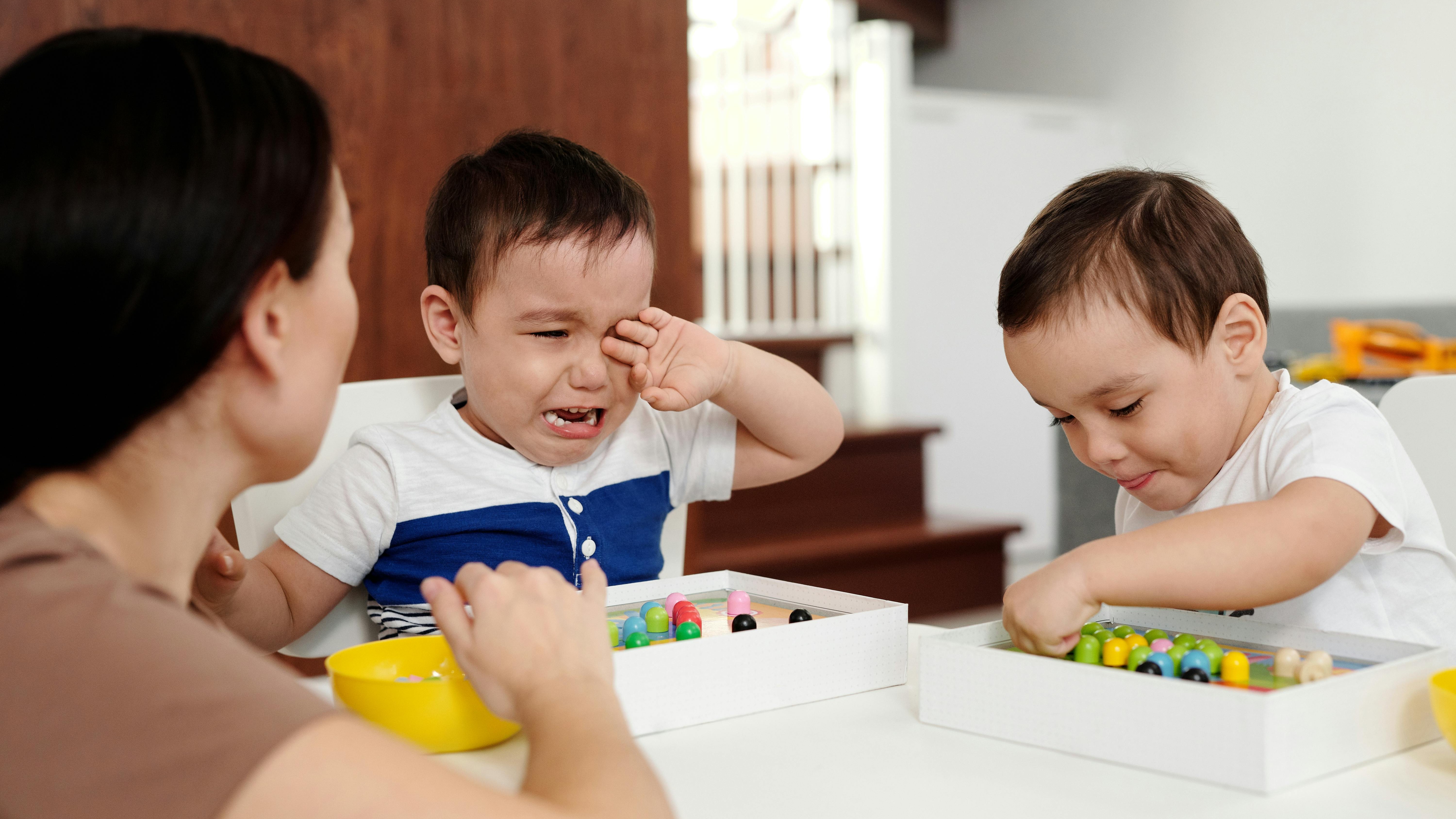
Mastering Emotional Dynamics: Crucial Strategies for Caregivers
As modern caregivers, we navigate the emotional landscapes of children daily, especially when it comes to managing those "big emotions"—the overwhelming feelings that can trigger a meltdown at any moment. Take, for instance, a recent experience I had with my 10-year-old son during a Labor Day party. As he became increasingly distressed and tried to capture my attention through physical cues, it was a stark reminder that children often struggle to regulate their emotions without guidance.
The reality is that children's emotional responses can also evoke strong feelings in us as parents. The next time you're faced with a similar scenario, consider applying these three strategic steps to not only help your child but to also foster a deeper connection and trust.
Step 1: Connect at Their Level
When emotions are high, it's vital to meet your child where they are. Squatting down to their height, softening your gaze, and affirming their feelings can make a world of difference. An acknowledgment such as, "I see waiting is really hard for you right now," validates their experience and helps them feel understood. This simple act of connection can prevent further escalation of their emotions.
Step 2: Clarity in Communication
Clear and kind communication should follow emotional validation. Children often feel more secure when they know what to expect. A gentle reminder of the next steps, such as, "I’m going to finish washing the dishes, say our goodbyes, and then we will go home," provides structure. Offering a choice, like helping with dishes or waiting in the car with a book, empowers them and gives them a sense of control amidst chaos.
Step 3: Physical Support for Calmness
Proprioceptive input can be incredibly soothing. Try asking for consent to give a hug, while swaying gently to provide calming sensations. As you breathe deeply, your child will feel that they are not alone in their struggle. This physical support not only soothes but also helps them learn self-regulation strategies for future incidents.
Why This Matters
Understanding how to defuse big emotions doesn’t just help in the moment; it lays the groundwork for long-term emotional resilience. Every time you guide your child through difficult emotions, you empower them to manage these feelings independently in the future. Addressing feelings in a supportive environment teaches kids that it's okay to feel intense emotions, and it fosters trust in their relationships with you.
Big emotions aren’t the enemy—rather, they are valuable opportunities for growth. By recognizing what triggers these feelings—for both your child and yourself—you can nurture better coping mechanisms and ultimately foster a more peaceful family dynamic. Start creating this supportive atmosphere today to witness positive changes not just in behavior but in family bonds too!
 Add Row
Add Row  Add
Add 




Write A Comment